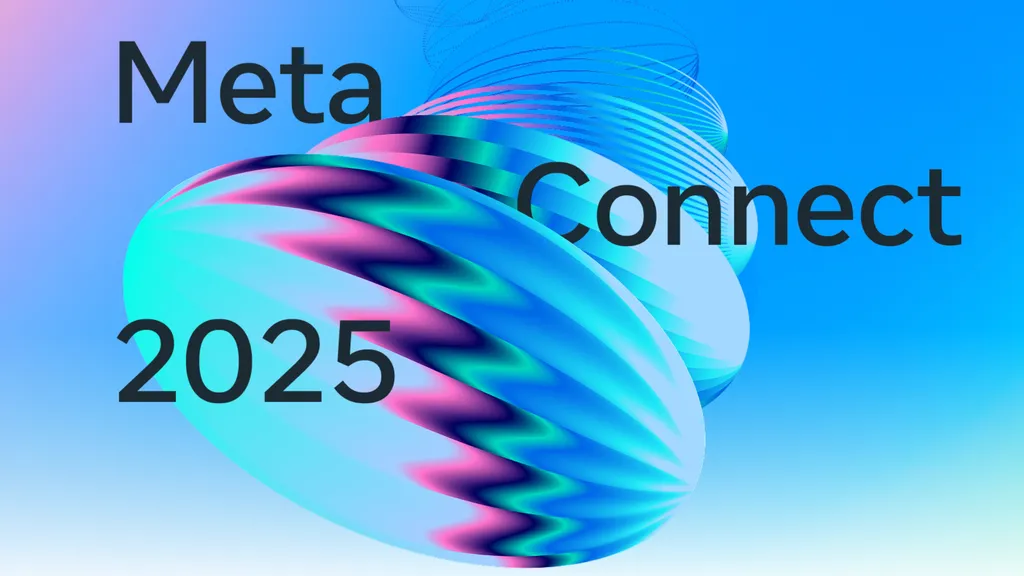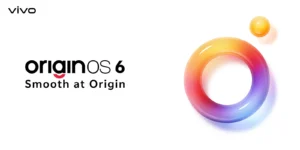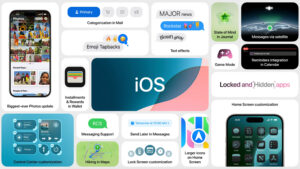Meta Connect 2025: What to Know, What’s Coming, and What It Could Mean
Meta’s annual developer conference, Meta Connect, is set to take place September 17-18, 2025, and as always, expectations are high. With Meta doubling down on wearables, AI, augmented reality (AR), and smart glasses, this year looks especially significant. Below, we go through everything known so far—and what to keep an eye on.
What Is Meta Connect?
Meta Connect is Meta Platforms’ marquee conference, where they unveil their latest hardware, software, and vision for the future—particularly in the metaverse / XR (extended reality / AR / VR) space. It’s where developers, partners, media, and tech enthusiasts get briefed on what Meta is building next.
This year, the conference has been billed as a showcase for AI glasses, wearables, and Meta’s evolving vision of virtual and augmented reality. Meta CTO Andrew Bosworth has teased “big wearables announcements,” “AI plus wearables,” and “metaverse software.” (TechRadar)
Key Dates & Format
- Dates: September 17-18, 2025 (UploadVR)
- Main Keynote: Mark Zuckerberg’s big reveal is on Day 1. Dev sessions follow. (Tom’s Guide)
- Focus Areas: Wearables, smart glasses/AR devices, AI integration, and software updates, especially for Meta Horizon OS. (UploadVR)
What’s Expected: Leaks, Rumors & Predictions
Here are the major things people expect (from reliable leaks and tips) to be announced or shown at Meta Connect 2025:
| Rumored / Leaked Feature | What It Might Include | Why It Matters |
|---|---|---|
| “Hypernova” Smart Glasses (aka Meta Celeste) | Smart glasses with a heads-up display (HUD) embedded in one lens; waveguide display; gesture control via a wristband; price rumored ~$800. (Reuters) | This would represent Meta’s first consumer product with lens display and richer AR features. A big step in bringing smart augmented wearables to mainstream. |
| Gesture-Control Wristband (sEMG wristband) | A wearable that detects muscle signals in the hand/arm for controlling the glasses without needing large visible cameras or voice commands. (UploadVR) | Improves usability, privacy, and convenience. Allows hands-free control, more natural interaction. |
| New Ray-Ban Meta and Oakley Smart Specs | Updated versions with better battery, better cameras, possibly multiple styles (prescription & sunglasses versions), AI integration. (UploadVR) | Meta’s Ray-Ban/Oakley collaborations are major in their smart-glasses business. These updates could widen adoption. |
| AI Improvements | More capable Meta AI; increased real-world awareness; live translation, notifications, contextual info; better integration with wearables. (Android Central) | Software experience is as important as hardware. These features could determine usability. |
| No Major New VR Headset | Multiple leaks suggest that a new Quest / mixed reality (MR) headset (like Quest 4) is not expected until 2026 or later. (UploadVR) | Meta is apparently prioritizing AR wearables this year over VR hardware. Could signal their strategic focus shift. |
Confirmed Leaks & Early Reveals
Some announcements may have already slipped ahead of time:
- A now-deleted video leaked by Meta showed off smart glasses with an integrated display and wristband controls—showing maps/text/text overlays. (Business Insider)
- Meta’s own blog prematurely posted information about the display glasses ahead of Meta Connect. Screenshots and media outlets captured these leaks. (The Times of India)
These leaks suggest high confidence in the new smart glasses product line, and that Meta may already be ready to ship these devices or preview them in detail.
Challenges & What to Watch Out For
Even though many things are lining up, there are potential rough patches:
- Price / Consumer Reception – With rumored pricing near $800 for Hypernova/Celeste glasses, cost could be a barrier. Consumers may balk unless the features are compelling. (Reuters)
- Design & Comfort – Embedding display/hardware often means bulk, battery trade-offs, weight. If the glasses are thick or heavy, adoption may be limited. (UploadVR)
- Privacy & Safety – As wearables get camera/displays etc., concerns around privacy (recording, data capture, misuse) and safety (for kids etc.) continue to be raised. (Reuters)
- Software Ecosystem / Apps – Even great hardware needs good software, developer support, and reliable integrations. Meta will need to show apps or use cases that actually make these glasses useful beyond novelty.
What This Means for Meta & Tech Industry
- Meta doubling down on AR / wearables: The emphasis seems strongly in that direction this year. AR glasses might become the front-line device for Meta’s vision of AI + metaverse. (TechRadar)
- Competition heating up: Google, Amazon, and others are also working on smart eyewear / AR wearables, so Meta’s announcements will be weighed against what competitors are doing. (Android Central)
- Shift in product roadmap: The apparent delay of new VR headsets suggests Meta is adjusting what gets priority; possibly moving some R&D/launch cycles out.
- Developer opportunity: Meta is likely to release new SDKs or APIs for these devices, encouraging devs to build apps around AR displays, gesture input, and AI overlays. That could accelerate adoption.
Takeaways: What to Expect from Meta Connect 2025
- A strong focus on smart glasses (especially one with display + wristband gestures) rather than a major VR hardware launch.
- Software & AI will play a key supporting role—apps, integrations, live demos.
- Eye on pricing and comfort: Meta will need to make these devices not only cool but usable and wearable in daily life.
- Big reveal marketing: leaks have already prepped the ground, so Meta may need to exceed expectations to surprise.







Be First to Comment